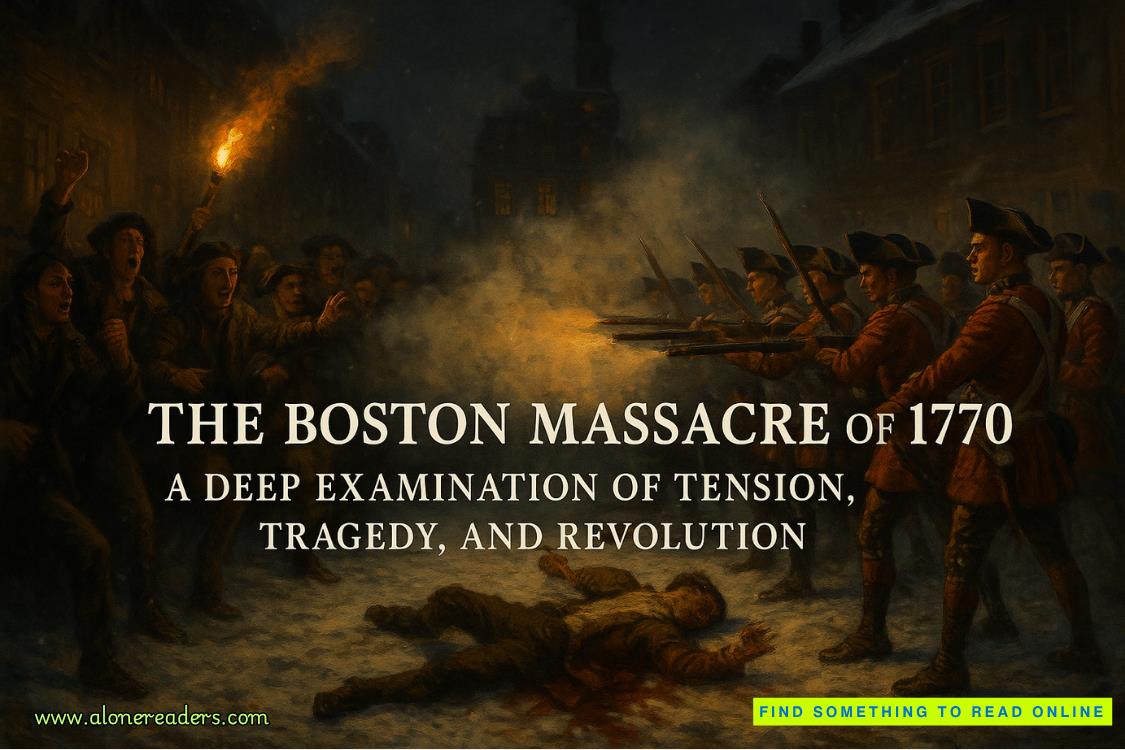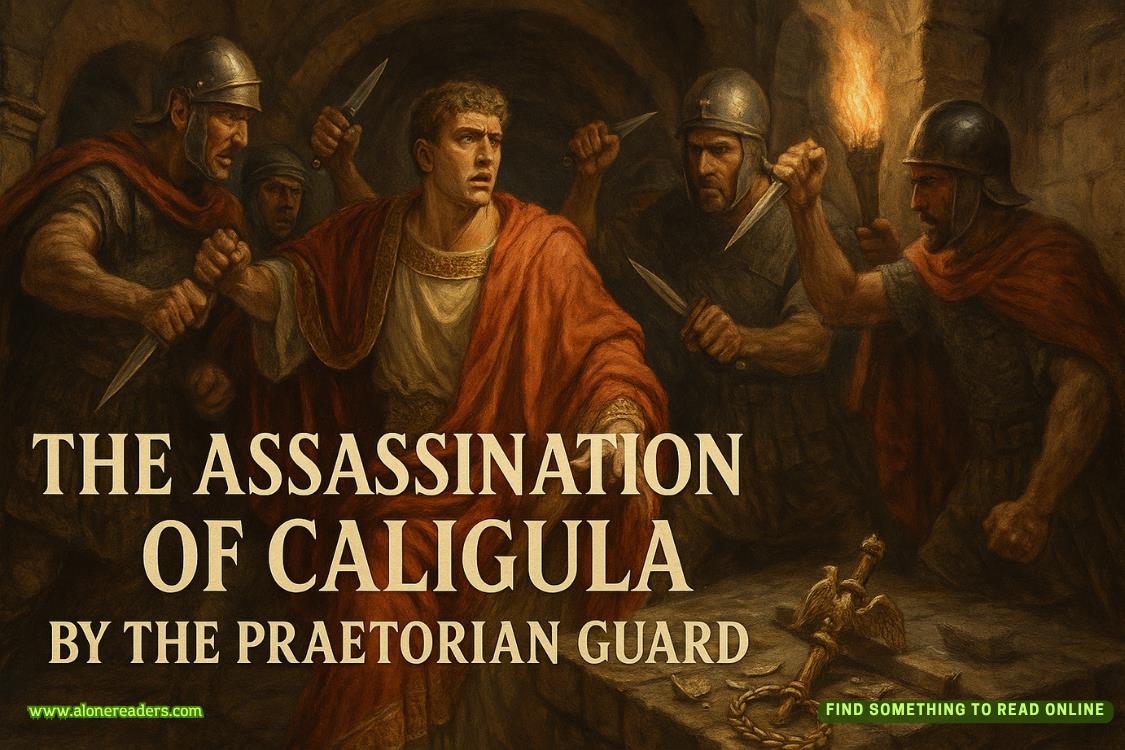Page 41 of The Echo Wife
The clone’s progress could not have gone more smoothly. His growth timeline was perfect: forty-five days of neural priming while his tissues developed, thirty days of programming. We pushed hormones, stimulants, suppressants, and steroids to shape the personality of the man he would become. We built him core-to-surface, structuring his adrenal responses to help with the more complex modeling that would need to follow.
I wished I could have shown him to the lab director as proof of concept.This works, and I did it so cheaply that you didn’t even notice it. Now leave me the fuck alone and let me work in peace.
Specimens were always sedated throughout the active process of conditioning—and during a specimen’s first week out of the tank, we kept them completely unconscious. It was simpler that way. We didn’t need to explain why we were doing the work that we were doing. We could shape them efficiently, without hesitation, without apology.
But specimen 4896-Zed was still unfinished—and it was our job to finish him.
We drained his tank on a Wednesday.
The first time I ever broke someone else’s bone, it was an accident. I was playing a game of tag and ran hard into one of my classmates. He landed wrong, and he broke his thumb. He didn’t cry at first,just stared at the wrong new angle of his thumb in bewilderment. It wasn’t until a teacher came running that he realized something was wrong. It wasn’t until that moment that he started to wail, the way children do when they see that an adult is afraid for them.
The second time I broke someone else’s bone, it was on purpose.
It was a failed specimen, one of the first. She had grown too quickly for her own blood supply to sustain. Her fingers and toes were black, rotting, and I knew that the rest would quickly follow. I drained her tank, pushed a bolus of secobarbital, and waited for her to die.
It was cowardly of me, wanting to practice on a dead clone rather than a live one. I can admit now that I was afraid—I didn’t know if the pain of the fracture might cause even a sedated specimen to wake up, to flinch, to shout. To cry. I didn’t know how much force might be required for me to do the thing right, and I didn’t know how well she would metabolize a sedative, and I was afraid.
Once she was dead, I broke her wrist. I gripped it tight and twisted it hard and fast, and I felt the snap of bone reverberating through my fists. It was so much easier than I had expected—so much easier than I had feared—that I let out a giddy little laugh.
Later, of course, I would realize that the specimen’s bones had been brittle. They had grown faster than they should have, and part of her nutrient balance had been miscalculated such that her long bones were particularly weak.
The next time I needed to break a specimen’s wrist, I struggled. More difficult bones—the humerus, the femur, the skull—required my patience and my sweat and, more often than not, Seyed’s help. Still, every time I felt a bone break under my care, I felt the same flash of euphoria.
Every time, I had to suppress that same laugh. I did it, I broke it, and it will never be unbroken again.
Nathan didn’t have an appendix. One of his molars was missing, knocked out in a middle school brawl. He had a scar on hisbottom lip from where he’d bitten through it as a toddler. His collarbones were uneven. His arms were freckled.
When he died, Nathan had a road-rash scar on his right knee from a cycling accident. He had calluses on his index fingers, and a scar on his arm from a dog bite I’d never heard about. He had a mole on the back of his neck, a new one. He had a burn on his left hand that Martine had, at the time, suspected would leave a scar.
When we pulled specimen 4896-Zed from his tank, he did not look like Nathan. He was smooth and white and soft and strange, as though he had just been removed from a full-body cast. If he went out into the world unfinished, he would move wrong.
I never sent a subject into the world unfinished. Damaging a fresh specimen, weathering it just the right way to make it mirror the person it was supposed to emulate—that was the final layer of polish.
4896-Zed would not be awake for that polishing process. After that first week, as the conditioning tapered down, we would begin to ease him into consciousness, encouraging him to use his limbs and experience the pain of healing that would inform his mannerisms. 4896-Zed would need to slightly favor his right knee, to fidget with the scar on his lip. He would need to be awake for a fortnight, so that he could practice being Nathan.
All of it came with a risk of discovery. But I didn’t have any visits from the lab director or from potential investors on the schedule, and they didn’t make unscheduled visits. Those were too unpredictable for them; there was no way to anticipate what might be on display.
There’s a lot in the process that investors don’t like to see. There’s a lot that lab directors don’t like to see either. The night before we began to condition 4896-Zed—Zed, as we had begun calling him—Seyed argued with me vehemently about whether to let Martine participate in the work. “She shouldn’t see this,” he said. “She shouldn’t know what we do here.”
“She already knows,” I replied, pushing Seyed’s water glass toward him to remind him to hydrate.
He had been showing up at the lab hungover with increasing frequency since the night we’d seeded Nathan’s clone. I hadn’t called him out on it, but I couldn’t afford for him to be slow on the first day of conditioning. He took my hint, drained his water glass, and continued his argument.
“She might know intellectually, but seeing it is something different.” He shook his head. “Martine is too sapient for this. She’ll know that this is howshewas made. It’s fucked up, Evelyn.”
“This isn’t how she was made,” I said. “Nathan didn’t condition her. He left her… fresh. Look—if she asks, I’ll be honest with her about it. Okay?” I waited for Seyed to stop frowning at me. “I promise,” I added, trying not to roll my eyes at him.
“If she’s not okay, you’ll let her stop?”
“If she’s not okay, I’ll let her stop,” I said.
I was, of course, lying. He wasn’t my friend. I didn’t owe him any guarantees, and I was well within my rights to make him an empty promise in order to shut him up about Martine and herexperience. The thought of excusing Martine from any part of the conditioning process stirred a cold, cruel rage deep in my marrow. If I’m honest, I should admit: I was fully prepared to hold her by the back of the neck and make her watch as specimen 4896-Zed bled into the gutters of the autopsy table.
I let that bitter fury carry me through the next morning’s preparations. I watched Martine’s face closely as we drained Zed’s tank, as Seyed helped me shift him onto the autopsy table. I watched her for any sign of hesitation or weakness. I didn’t realize that I was doing it at the time, of course—but I was doing it, all the same. I was looking for a flaw, for something that would prove how different we really were.
I couldn’t admit to myself yet that my antipathy toward Martine was ever-so-slightly waning. She had been studying hard, tearing through my old textbooks, asking me if I had more. Over the prior weeks, we had spent the morning drives to the lab discussing new things she’d read about. She had cornered Seyed over lunches, peppering him with questions about tissue structure andhuman development and synaptic decay. She had begun to speak more directly, more honestly. She hadn’t entirely stopped waiting for permission, but she was less hesitant, less passive. It was abrasive at times, made her less easy to direct—but I was starting to respect her a little.
Perhaps that’s why I watched her so closely. Perhaps I was cautious of that respect.















